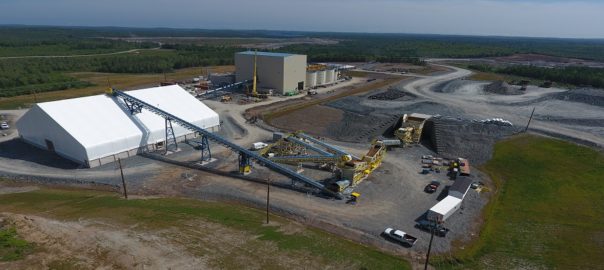Marathon Gold has awarded Metso Outotec with orders for key processing equipment for the Valentine gold project in Newfoundland, Canada.
The combined order value of approximately €15 million ($14.9 million) has been booked in Minerals’ Sepetmber-quarter orders received.
“We chose Metso Outotec equipment because of their brand reputation, technology-oriented equipment, commitment to safety and environment, and their service footprint in Atlantic Canada,” Paolo Toscano, Vice President, Projects, Marathon Gold Corporation, said.
Metso Outotec’s scope of delivery consists of a VF Series™ grizzly feeder, a Nordberg® jaw crusher, Planet Positive Premier® SAG and ball mills, a Mill Reline Machine (MRM), vibrating screens and a high-rate tailings thickener with Reactorwell™ feed system.
Andy Lingenfelter, Vice President, Minerals Sales in North and Central America, added: “We are excited to work on the Valentine gold project with Marathon. We were able to align with the project’s key value drivers at an early stage and provide to-the-point technical support.
“Marathon has selected leading-class equipment for their gold production process, and they will also be able to benefit from our broad-based service organisation.”
An April 2021 feasibility study outlined an open-pit mining and conventional milling operation at Valentine with a 2.5 Mt/y processing rate over a 13-year mine life with a 31.5% after-tax internal rate of return and initial capital costs of C$305 million ($228 million). The project has estimated proven reserves of 1.4 Moz (29.68 Mt at 1.46 g/t) and probable reserves of 650,000 oz (17.38 Mt at 1.17 g/t).









